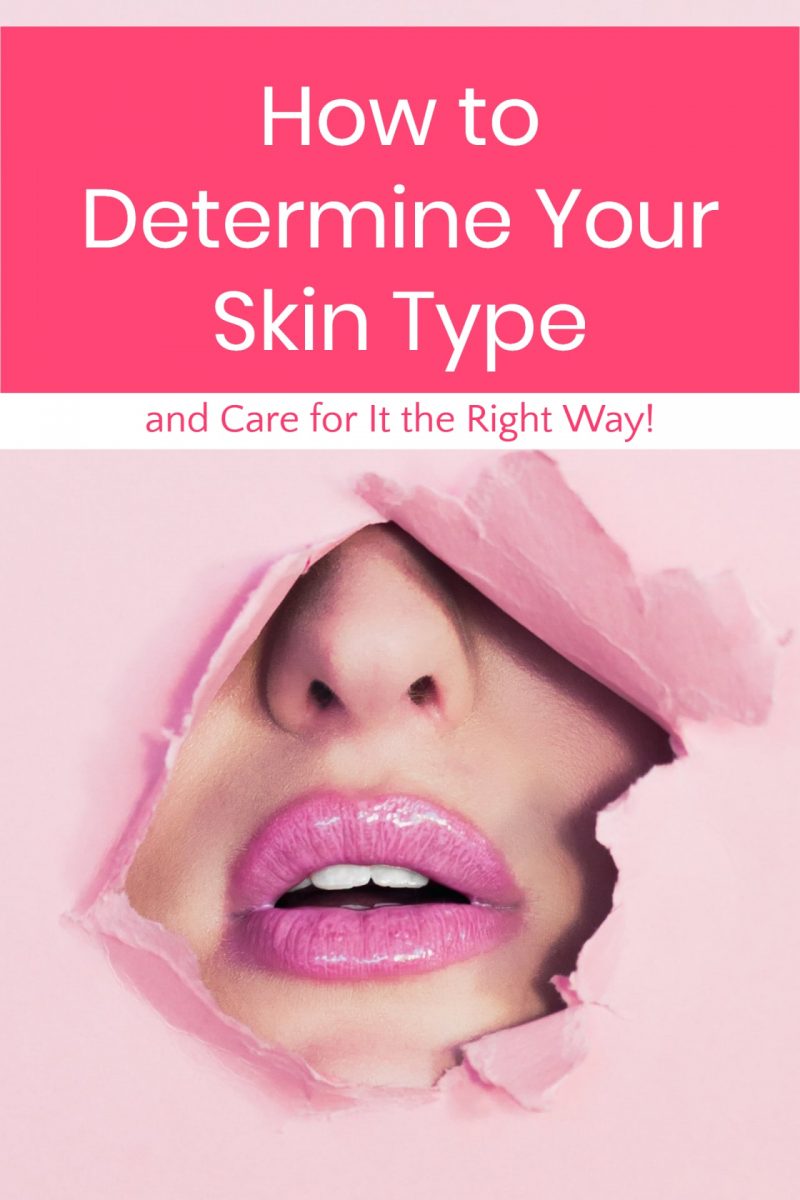You probably know that there are different skin types, but do you know what yours is and, more importantly, how to care for it? It seems that the majority of us do not know how to deal with each skin type. Most plan their skin care regimen based on what they think will work best for them but not based on what their specific skin type needs and requires.
It is easy to buy the latest trending cleanser packed inside a beautiful bottle, but if it is not the best for your skin type, it is just a waste of your money. That is why we compiled the five types of skin, how to identify which is your skin type, and how you should take care of it. Interestingly, unlike other traditional methods, the results are visibly faster than you can even imagine.
Before heading to skin types, however, a few words about skin conditions. If you get rashes, legions, or skin pallor and sweating, that is the time to see a dermatologist. Some conditions might be temporary, but others could be something more serious. Always be watching moles, also. Contact a doctor at the first sign of a change in a mole.
How To Identify Your Skin Type
There is a simple test that can help you determine the type of skin that you have. In her book, “Beauty: The New Basics,” Rona Berg lists a simple method on how to do it. First, you have to wash your face to remove the make-up, oil, and dirt build up. Dry your face and give it an hour rest. This way your skin will have the time to go back its natural state.
Use a rice paper or a lens cleaning cloth and press it on your face, then check the paper. If the paper turns see-through, it means it has taken a patch of oil. If the paper has small skin flakes, you have a dry type of skin. Make sure to pay close attention to the results from different parts of your face.
A normal skin type has neither oily patches nor dry skin flakes so the paper should come back in the same state as before you pressed it on your face. Dry skin, on the other hand, feels tight. It can have an ashy look or red patches. Meanwhile, sensitive skin will give you a clean piece of paper, however, it is susceptible to rashes and breakout or even skin pallor when you change skincare or cosmetics products.
But if your T-zone is oil and the other parts of your skin are not, then you have a combination skin type. The T-zone is the area in your mid-forehead down to your chin covering your nose and high cheeks. You have an oily skin type if the oil is all over your face or if it is shiny.
Skin Treatments For Each Skin Type
Sensitive Skin Type
Caring for sensitive skin type requires a simple regimen. Once you find products that work, resist the temptation of replacing them with the latest trending beauty product. Use products without alcohol, fragrances, dyes, and parabens. It is much better if you use natural products in terms of moisturizing and cleansing.
Normal Skin Type Treatment
Most of us wish we have a normal skin type. Normal skin type has uniform color throughout. It is also smooth and its pores are hardly visible to the naked eye. However, this does not mean that it should not be treated. It is best that a normal skin type should have a daily regimen of daily cleansing at least once every day. It should be followed by a daytime and nighttime moisturizer. Exfoliation should also be done once a week. This will have good results on normal skin type; your skin will age less over time.
Combination Skin Type
This skin type requires different treatment in various areas. If your T-zone is more oily, use a toner in oily areas after cleansing your face. After that, moisturize the dry areas using an intense moisturizer. You can also use mask bi-weekly to moisturize the face to fight the dryness. If you have an oily and normal skin combination type, you can use a basic moisturizes in normal areas.
Dry Skin Type
Just like dry patches on combination skin type, you can use an intense moisturizer every day and daily cleansing once a day. Since toner could dry your skin more, skip using it or use one without alcohol. Exfoliate weekly to remove dead skin flakes build up. However, go easy on exfoliation since it could worsen the flakes. Avoid warm or hot water since it could make your skin become drier.
Oily Skin Type
If you have oily skin type, avoid using too much moisturizer. Use a cleanser intended for oily skin. Use oil-free moisturizers every day and clay mask every week. This will help absorb excess oil to mattify your skin and free it from potential breakouts because of excessive oil production.





Thanks for sharing this review.
Nice to find out your skin type.